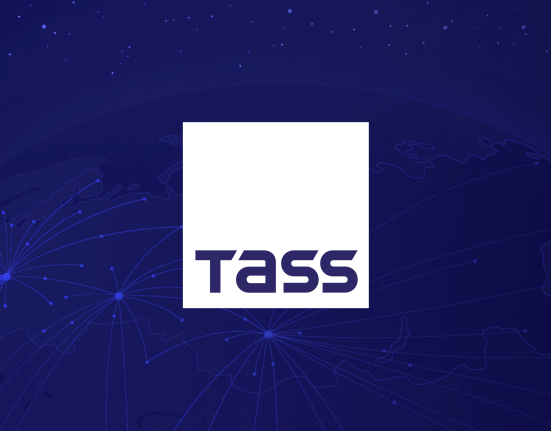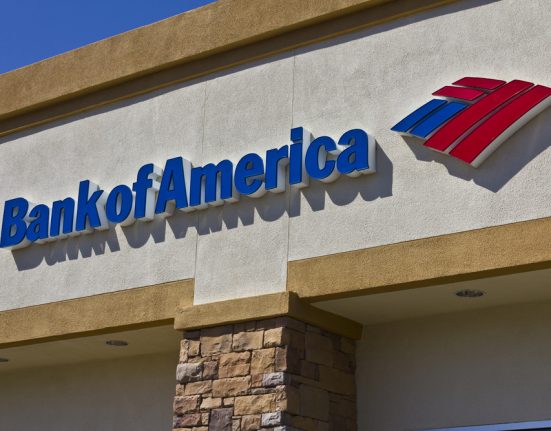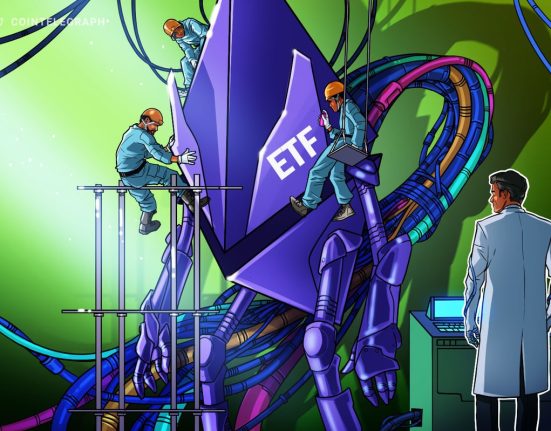In recent years, cryptocurrency has transformed from a niche concept to a mainstream topic of conversation and a financial vehicle that merits the attention of consumers and investors alike. One may have heard about the latest advancements in digital finance on the news, but might not know exactly what cryptocurrency means and how it all works.
What is cryptocurrency?
Cryptocurrency is a digital or virtual currency that is secured by cryptography. This makes it nearly impossible to counterfeit or double-spend. The term “crypto” in cryptocurrency refers to the cryptographic techniques used to secure the network and verify any transactions. Charles Schwab says crypto can be used for internet-based electronic payments or as a store of value.
Does crypto have intrinsic value?
The idea of digital cash is nothing new. Credit cards, PayPal, Venmo, and other payment facilitators have been providing easy, traceable electronic transactions for some time. But unlike Venmo and other services offering transactions settled using traditional “fiat” currencies, like the U.S. dollar or euro issued by governments and managed by central banks, cryptocurrency is considered a “non-fiat” medium of exchange.
Crypto has no intrinsic value. They function independently of any government or central bank, instead using unique algorithms to record transactions and determine supply, says Charles Schwab.
How does cryptocurrency pricing work?
Crypto are fungible, meaning the value remains the same when bought, sold or traded. The market capitalization of crypto depends on the number of coins in circulation. Like other things, it is beholden to supply and demand dynamics. Scarcity can influence value.
What is blockchain technology?
Cryptocurrencies are based on blockchain technology, says Coursera. Blockchain is a digital, public and immutable ledger. Every transaction is recorded as a “block” of data. Once a block is filled with transaction data, it’s added to the end of a “chain” of existing blocks, creating a chronological and permanent record. Having a public ledger removes the need for a central authority to confirm the accuracy of a database or to clear transactions.







